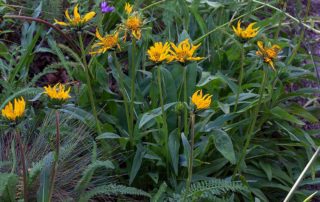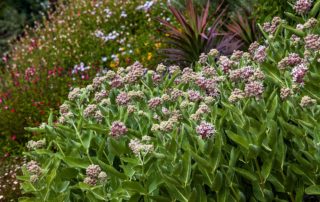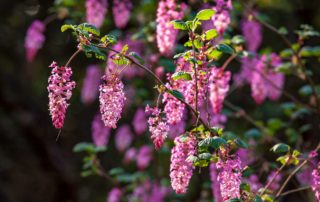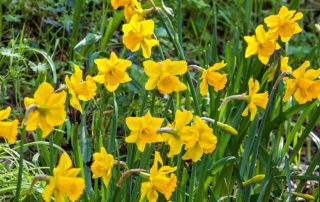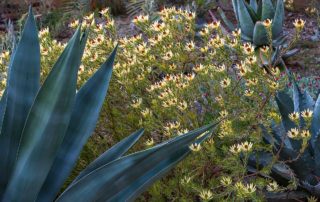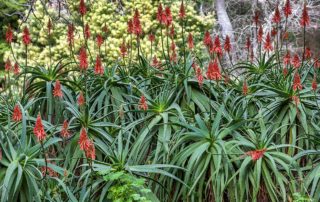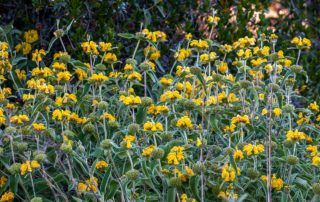Some of our favorite plants and gardens for summer-dry climates.
Mule’s Ears
Every bit as cheerful as the better known annual sunflowers, the eight to a dozen species of Wyethia, or mule's ears, are low-growing perennials native to dry slopes, seasonally moist meadows, and woodland or forest openings in much of western North America. Most are 1-3 feet tall, with a loose rosette of large, broadly lance-shaped to oval, green or sometimes gray-green leaves and bright yellow sunflowers in late spring and early summer. Deciduous and dormant in winter, they reliably reappear as days lengthen in early spring. Wyethia angustifolia These are excellent plants for pollinators and other wildlife, attracting


